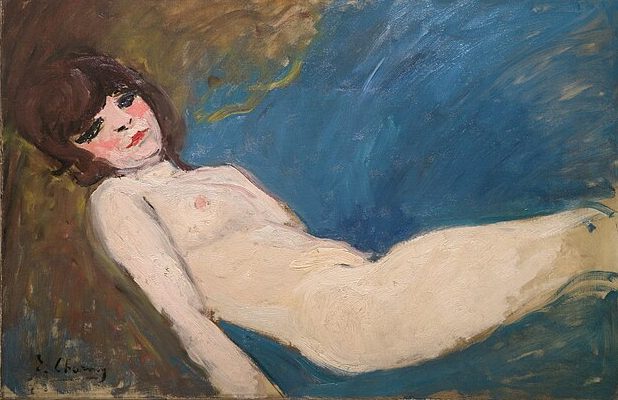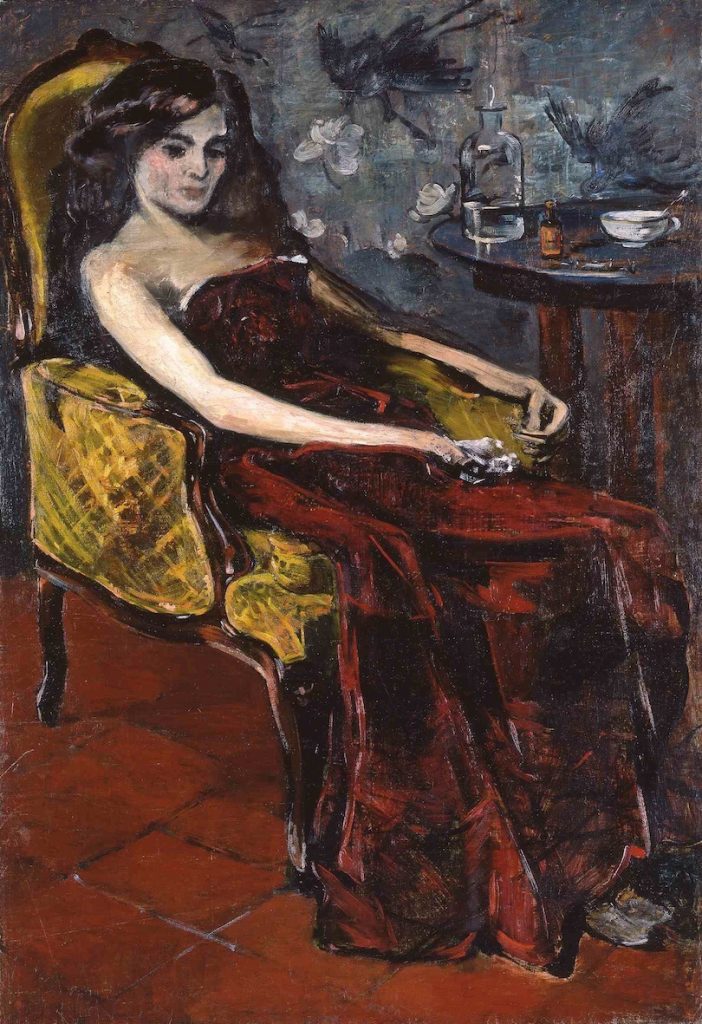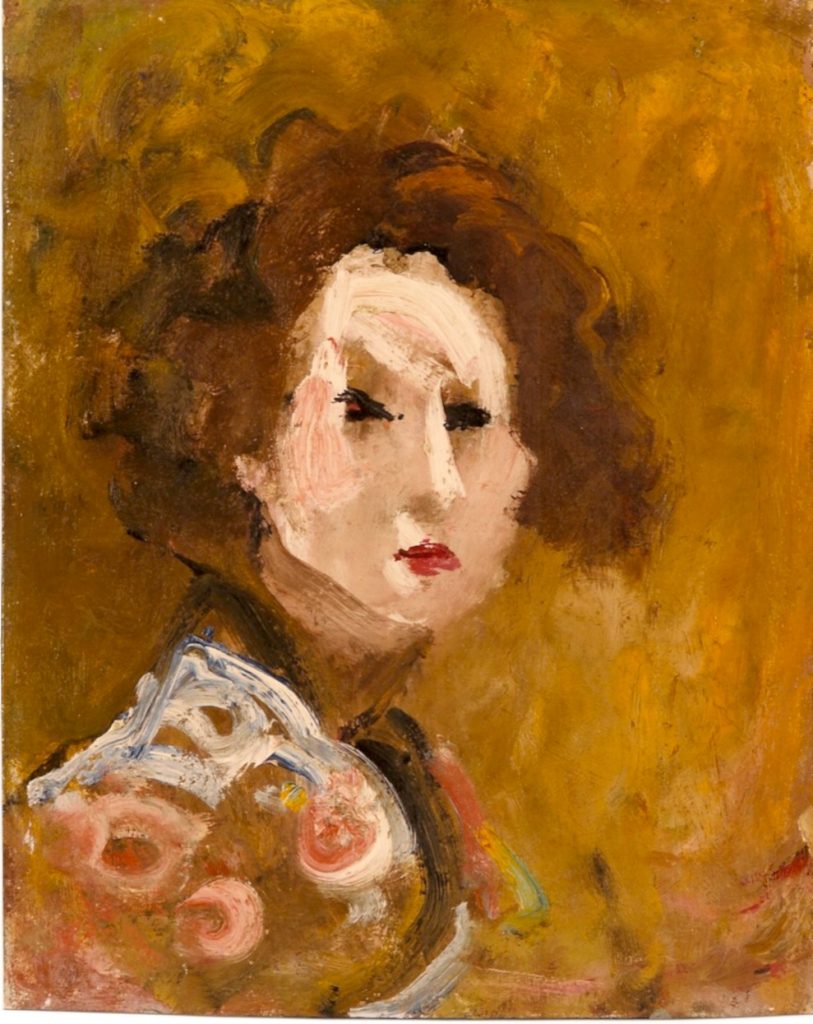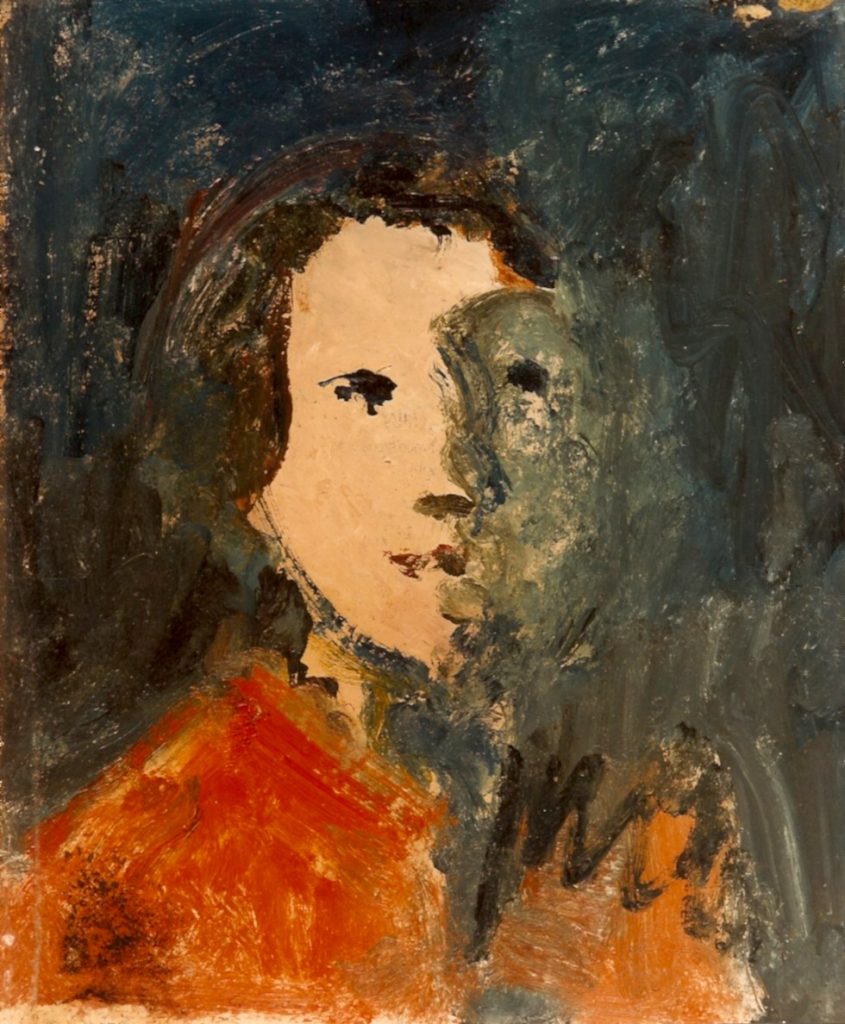
Émilie Charmy, born in Saint-Étienne, France, on April 2, 1878, emerged as a distinctive and influential figure in early 20th-century art, defying conventional expectations of female artists of her time. Her work, characterized by a bold and expressive use of color, navigated the transitions from Impressionism to Fauvism and reflected elements of early Modernism, showcasing her unique position within the avant-garde movements of her era.
Charmy’s artistic journey began in Lyon, where she received her initial training. Her move to Paris in the early 1900s marked a pivotal moment in her career, as she immersed herself in the city’s vibrant art scene. It was in Paris that Charmy’s style began to flourish, influenced by the works of the Impressionists and Fauvists. She developed a distinctive approach that captured the intensity of her subjects with a rich palette and dynamic brushstrokes, a testament to her engagement with the artistic innovations of her time.

Despite the challenges faced by women in the art world during this period, Charmy established herself as a formidable presence. Her participation in the Salon des Indépendants and the Salon d’Automne, alongside figures such as Matisse and Derain, underscored her acceptance and integration into the circles of the avant-garde. Charmy’s work during this period reflects a commitment to exploring the possibilities of color and form, as seen in her vibrant landscapes, still lifes, and portraits.
Empathy & Insight
Charmy’s art is notable for its sensuality and intimacy, qualities that set her apart from her contemporaries. Her portraits of women, in particular, reveal a deep empathy and insight, portraying her subjects with a nuanced complexity that challenges traditional representations of femininity. This aspect of her work suggests a progressive understanding of gender and identity, making her contributions particularly significant in the context of feminist art history.

Throughout her career, Charmy was involved with the Group of Eight, a collective of artists who sought to promote an alternative to the dominant trends of their time. Her association with this group further highlights her commitment to innovation and her role in the broader shifts that defined early 20th-century art. Despite this, Charmy’s work has often been overlooked in historical accounts, a reflection of the gender biases that have shaped the art historical narrative.
Émilie Charmy’s later works continued to evolve, demonstrating an ongoing experimentation with style and technique. Her paintings from this period show a remarkable vitality, with looser brushwork and an increasingly abstracted approach to composition, reflecting the influence of contemporary movements such as Cubism. This evolution underscores Charmy’s restless creativity and her willingness to explore new artistic territories.
In Retrospect
Charmy’s contributions to art were recognized in her lifetime, including a retrospective at the Galerie Bernheim-Jeune in Paris in 1951, but it is only in recent decades that her work has received broader scholarly attention. Today, Charmy is celebrated not only for her vibrant and innovative paintings but also for her role in challenging what some people consider “boundaries” that constrained women artists of her era. Her legacy is that of a pioneering figure who navigated the complexities of early 20th-century art with courage and originality, leaving behind a body of work that continues to inspire and captivate.

Émilie Charmy passed away in Paris in 1974, leaving behind a rich legacy that spans a crucial period in art history. Her work, once marginalized in the narrative of modern art, is now recognized for its contribution to the development of modern painting and its challenge to the gender norms of its time. Charmy’s paintings, with their bold use of color and expressive vitality, stand as a testament to her unique vision and enduring significance as an artist.




